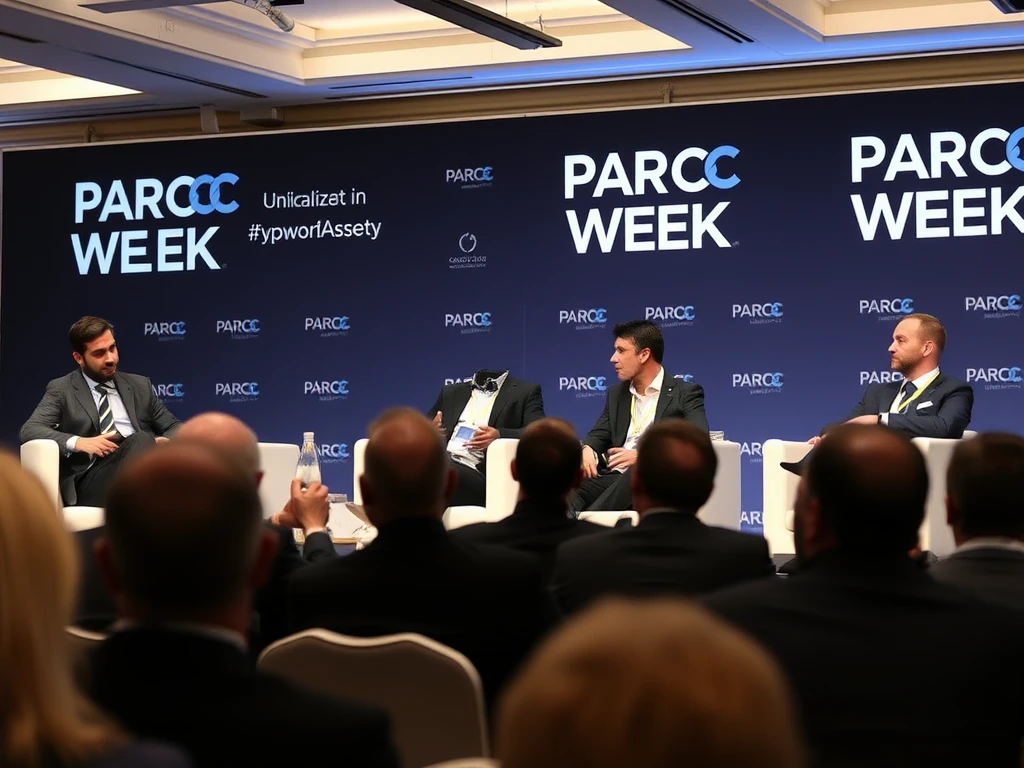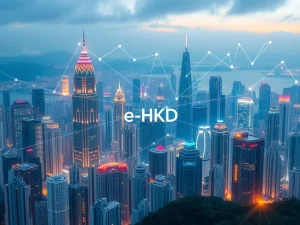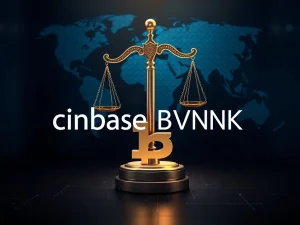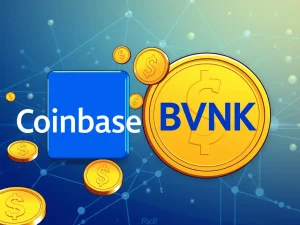Doubt Cast on Real Estate RWA Tokenization: Sonnenshein’s Bold Stance

Is the hype around Real World Asset (RWA) tokenization justified, or are we getting ahead of ourselves? While many predict a $30 trillion RWA market by 2030, Michael Sonnenshein, COO of Securitize and former CEO of Grayscale Investments, is pumping the brakes, especially when it comes to real estate. Speaking at Paris Blockchain Week 2025, Sonnenshein offered a contrarian view, suggesting that real estate might not be the ideal flagship asset for this burgeoning on-chain economy. Let’s dive into his insightful perspective and explore why he believes more liquid assets should take center stage in the world of RWA tokenization.
Why Does Sonnenshein Question Real Estate for RWA Tokenization?
During a panel at Paris Blockchain Week, moderated by Crypto News Insights, Sonnenshein articulated his skepticism. He acknowledged the existing efficiency of traditional systems for trading assets. His core argument isn’t against tokenization itself, but rather a pragmatic assessment of its most effective initial applications. He stated, “Just because it can be tokenized doesn’t mean that it should be.” This statement challenges the blanket enthusiasm for applying blockchain to every asset class, urging a more strategic and discerning approach, particularly concerning real estate.
Sonnenshein’s viewpoint stems from the inherent nature of real estate as an asset class. While recognizing the potential benefits of blockchain in streamlining processes like eliminating middlemen and escrow, he emphasized a crucial point: the on-chain economy’s immediate need for liquid assets.
The Liquidity Conundrum: Why Liquid Assets Matter More Now
What exactly does Sonnenshein mean by the demand for “more liquid assets” in the on-chain economy? Liquidity, in financial terms, refers to how easily an asset can be bought or sold without causing a significant change in its price. Highly liquid assets, like publicly traded stocks or bonds, can be quickly converted to cash. Real estate, on the other hand, is notoriously illiquid. Selling property can be a lengthy process, involving appraisals, negotiations, and closing procedures.
Sonnenshein suggests that for the on-chain economy to truly flourish, it needs assets that mirror the speed and efficiency of cryptocurrency transactions themselves. Imagine a decentralized finance (DeFi) ecosystem built primarily on tokenized real estate. The inherent illiquidity of real estate could hinder the dynamism and rapid trading that are hallmarks of the crypto space. Investors in the on-chain world often expect swift transactions and easy access to their capital.
Here’s a breakdown of why liquidity is paramount for the early stages of RWA tokenization:
- Facilitates Trading and DeFi Integration: Liquid assets are essential for robust trading markets and seamless integration with DeFi protocols. They enable lending, borrowing, and yield generation activities that are core to the on-chain economy.
- Attracts Institutional Investors: Institutions are more likely to enter the RWA space if they can easily manage and liquidate their positions. Liquidity reduces risk and makes asset allocation more flexible.
- Mirrors Crypto’s Speed: The crypto world thrives on speed and accessibility. Tokenizing already liquid assets aligns with this ethos, creating a more cohesive and user-friendly experience.
Michael Sonnenshein: Bullish on RWA Tokenization, Just Not Real Estate First
It’s crucial to understand that Sonnenshein isn’t a RWA tokenization pessimist. In fact, he explicitly stated his bullish outlook, emphasizing that his skepticism about real estate doesn’t negate his belief in the transformative power of tokenization. He envisions a future where digital wallets become more than just crypto speculation tools, evolving into comprehensive investment platforms akin to traditional brokerage accounts.
His perspective is about prioritization. He believes that focusing on more liquid assets initially will pave a stronger foundation for the RWA tokenization movement. Once the on-chain infrastructure matures and liquidity solutions are more established, the tokenization of less liquid assets like real estate can then be more effectively integrated.
What Assets Are Better Suited for RWA Tokenization in the Short Term?
If not real estate, then what types of assets are better candidates for early RWA tokenization? Sonnenshein’s emphasis on liquidity points towards assets that are already traded frequently and have established markets. These could include:
- Government Bonds: Highly liquid and widely traded, government bonds are a prime example of an asset class that could benefit from tokenization, offering increased accessibility and potentially lower transaction costs.
- Commodities: Certain commodities, particularly precious metals like gold and silver, have liquid markets and could be efficiently represented as tokens, facilitating easier trading and fractional ownership.
- Equity in Liquid Companies: Shares of publicly traded companies with high trading volumes are inherently liquid and could be tokenized to enhance global access and fractional investment opportunities.
The Future of RWA Tokenization: A Balanced Approach
Michael Sonnenshein’s comments serve as a valuable reality check in the enthusiastic RWA tokenization narrative. While the long-term potential of tokenizing diverse assets, including real estate, remains immense, his perspective highlights the importance of strategic prioritization. Focusing on liquid assets first can build a more robust and dynamic on-chain economy, setting the stage for the eventual, and potentially very beneficial, tokenization of less liquid asset classes like real estate.
The journey of RWA tokenization is a marathon, not a sprint. By acknowledging the current demands of the on-chain ecosystem and prioritizing liquidity, the industry can pave a more sustainable and impactful path toward realizing the full potential of bringing real-world assets onto the blockchain.







